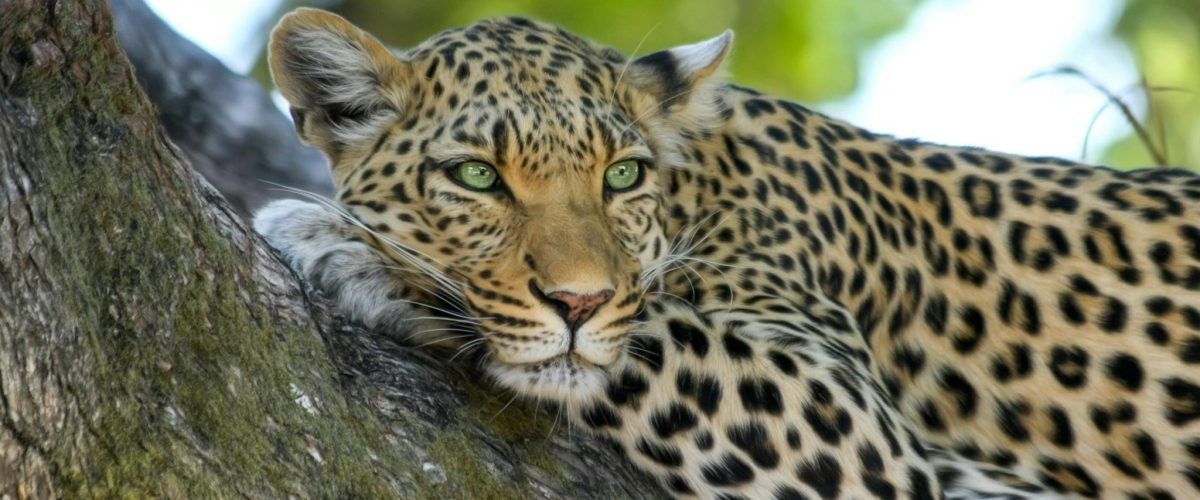Fascinating Facts About Ranthambore’s Enigmatic Leopards

Ranthambore National Park, renowned for its majestic Bengal tigers, is also home to another magnificent predator: the elusive Ranthambore Leopard. These stealthy creatures are often overshadowed by their more famous counterparts, yet they play a crucial role in the park’s ecosystem. This page delves into the intriguing world of Ranthambore’s leopards, exploring their habitat, behavior, conservation status, and the best ways to spot them.
The Habitat of the Ranthambore Leopard
Diverse Terrain
Ranthambore National Park offers a varied landscape that serves as an ideal habitat for leopards. From dense forests to rocky outcrops and expansive grasslands, the park’s diverse terrain provides ample cover and hunting grounds for these elusive predators.
Key Areas for Leopard Sightings
While leopards can be found throughout the park, certain areas are more conducive to sightings. The Kachida Valley, with its numerous rocky outcrops, and the Bakaula region, known for its dense vegetation, are prime locations for encountering a Ranthambore Leopard.
Behavior and Characteristics of the Ranthambore Leopard
Solitary and Territorial
Leopards are solitary animals, each maintaining a territory that is fiercely defended from intruders. Males have larger territories that may overlap with those of several females, but direct encounters between individuals are rare.
Adaptable Predators
Ranthambore Leopards are highly adaptable and opportunistic predators. Their diet primarily consists of smaller mammals, birds, and occasionally livestock, which can lead to human-wildlife conflict. Their adaptability also means they can hunt both in the day and at night, though they are predominantly nocturnal.
Ranthambore Leopard vs. Bengal Tiger
Competition for Prey
In Ranthambore, leopards and tigers often share the same habitat, leading to competition for prey. Despite the presence of the larger and more dominant tigers, leopards have carved out a niche for themselves by adapting to different hunting strategies and prey types.
Coexistence Strategies
Leopards have developed unique strategies to coexist with tigers. They tend to avoid direct confrontation by hunting at different times and in different areas of the park. Leopards are also excellent climbers, often taking refuge in trees to escape tigers.
Conservation Status of the Ranthambore Leopard
Threats to Survival
Despite their adaptability, Ranthambore Leopards face several threats. Habitat loss due to human encroachment, poaching for their pelts, and retaliatory killings by locals are significant concerns. Additionally, competition with tigers can sometimes lead to conflict and reduced prey availability.
Conservation Efforts
Efforts to protect the Ranthambore Leopard include anti-poaching measures, habitat restoration projects, and community outreach programs to mitigate human-wildlife conflict. The park’s management works closely with conservation organizations to monitor leopard populations and ensure their continued survival.
How to Spot a Ranthambore Leopard
Best Times for Sightings
Leopards are elusive by nature, making sightings rare but rewarding. The Best Times To Spot a Ranthambore Leopard are during the early morning or late afternoon safaris when they are most active. Night drives, if permitted, also offer a higher chance of encountering these nocturnal predators.
Recommended Safari Zones
Some safari zones in Ranthambore are more likely to yield leopard sightings. Zone 2, Zone 3, and Zone 4 are known for frequent leopard activity. These areas offer the right mix of terrain and cover that leopards prefer.
Tips for Successful Sightings
1. Stay Silent: Keep noise to a minimum to avoid startling the leopards.
2. Look Up: Leopards often rest in trees, so keep an eye on the branches.
3. Be Patient: Patience is key; leopards may take time to appear.
4. Use Binoculars: Good binoculars can help spot leopards from a distance.
The Role of Ranthambore Leopards in the Ecosystem
Predatory Balance
Leopards play a crucial role in maintaining the ecological balance in Ranthambore. By preying on various herbivores, they help regulate prey populations, which in turn affects the vegetation and overall health of the ecosystem.
Scavenging and Seed Dispersal
Leopards also contribute to the ecosystem by scavenging, which helps in the decomposition process. Additionally, the animals they prey on often consume fruits and plants, and their droppings can aid in seed dispersal, promoting plant diversity.
Interesting Facts About Ranthambore Leopards
Stealthy Hunters
Leopards are known for their stealth and agility. They can run at speeds of up to 58 km/h and leap up to 20 feet horizontally, making them formidable hunters.
Unique Spots
Each leopard has a unique pattern of spots, much like human fingerprints. These patterns help researchers identify and monitor individual leopards in the park.
Conclusion
Ranthambore’s leopards, with their elusive nature and vital ecological role, are a fascinating aspect of the park’s wildlife. While they may be overshadowed by the more famous Bengal tigers, these adaptable predators are equally important and captivating. By understanding their behavior, habitat, and the challenges they face, visitors and conservationists alike can appreciate and contribute to the protection of the Ranthambore Leopard. Plan your visit to Ranthambore National Park and experience the thrill of spotting these magnificent creatures in their natural habitat.
